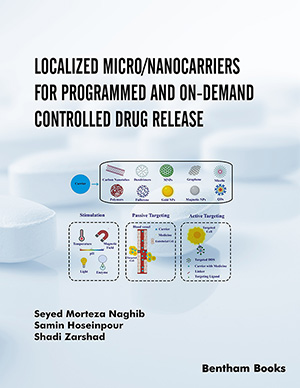Abstract
Background: The metabolic/biotransformation pathways of atypical antipsychotics (aripiprazole, clozapine, iloperidone, olanzapine, paliperidone, quetiapine, risperidone, and ziprasidone) have been characterized and reviewed. However, comparisons of excretory pathways remain unexplored. Objective: To analyze the excretion profile of atypical antipsychotic agents and compare the overall magnitude of metabolism (changed vs. unchanged drug) and route of excretion (feces vs. urine). Secondary objectives include providing: 1) dosing information in hepatic and renal impairment, and 2) context of the specific enzymes and pathways involved in each agents biotransformation. Methods: Published literature and each manufacturers radiolabeled drug absorption, distribution, metabolism and excretion data and U.S. prescribing information were reviewed. Results: With the exception of paliperidone, atypical antipsychotics undergo extensive metabolism (i.e.,≤50% of dose recovered unchanged). Quetiapine undergoes the greatest overall metabolism ( < 1% of the dose recovered unchanged) and paliperidone the least (59% recovered unchanged in the urine). Between-agent differences exist in the extent of cytochrome P450 (CYP450) metabolism and the specific isozymes involved. After administration of a radioactive dose, fecal elimination of unchanged drug plus metabolites ranged from 11% (paliperidone) to 71% (ziprasidone) and renal elimination ranged from 21% (ziprasidone) to 80% (paliperidone). Conclusions: Understanding the differences in the elimination profiles of atypical antipsychotics agents may permit better-informed drug and dose selection in special populations such as those with comorbid conditions (e.g. hepatitis, diabetes, end-stage renal disease) or pharmacogenetic variability; or at risk for drug-drug interactions. The use of patient tailored drug and dose-selection may result in greater treatment efficacy and a reduction in adverse events.
Keywords: Atypical Antipsychotics, Excretion, Urine, Feces, Biotransformation, Metabolism, Renal Elimination




















